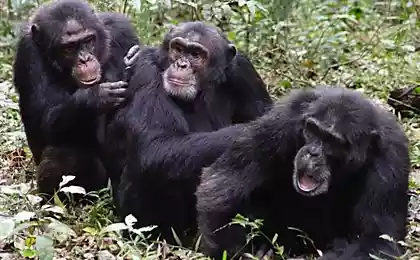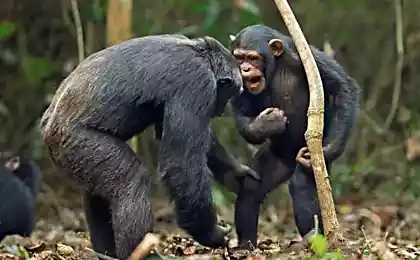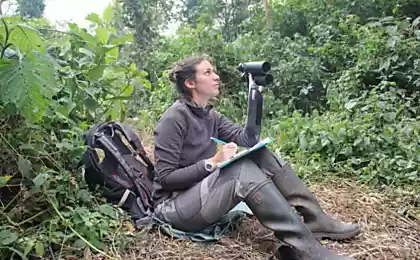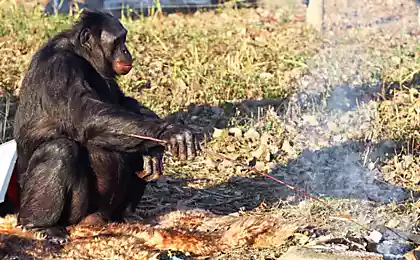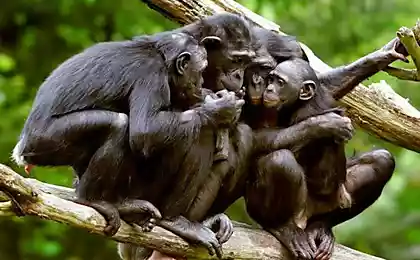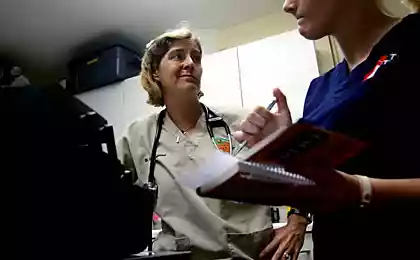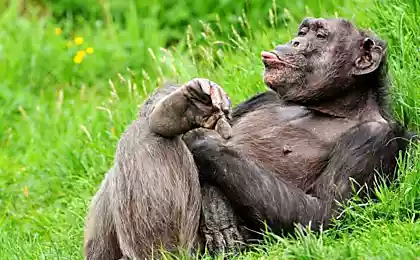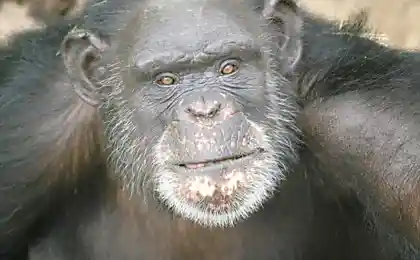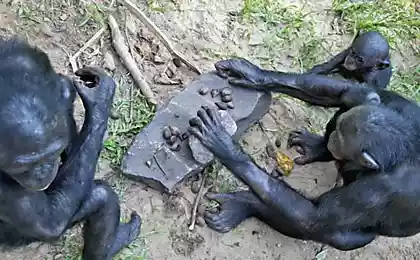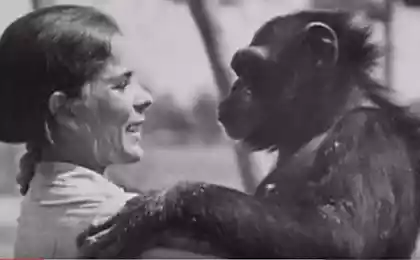414
America stops experiments on chimpanzees
National Institute of Health USA (National Institutes of Health — NIH) announced its intention to stop experiments on chimpanzees and send permanently "retire" the remaining monkeys from your nursery, which are used in medical research.
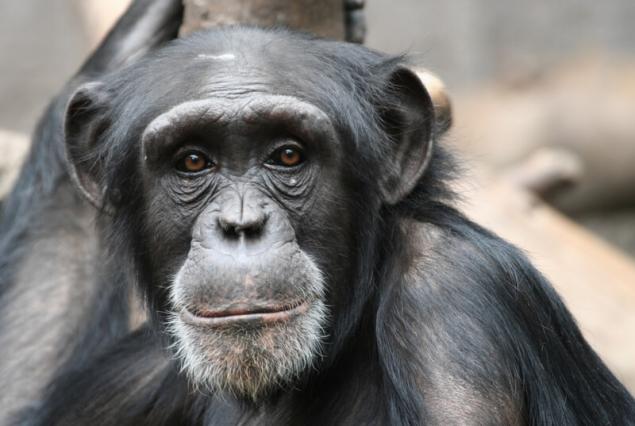
Institute of public Health in 2013 announced about their plans to turn most of the studies saying that the use of monkeys for medical research were not effective enough, so 93% of the individuals can go to the shelters. Thus, the NIH sent to nurseries 310 of his chimpanzees, leaving 50 individuals in case they are needed for research. But two and a half years of any application for the use of chimpanzees is not received, said Director of the NIH Francis Collins.
In June 2015, Service of protection of fish resources and wildlife (United States Fish and Wildlife Service) equated born and raised in captivity chimps to their wild relatives. Thus, they came under the protection of the "Act on the species under threat of extinction" (Endangered Species Act), enacted by Congress in 1973.
Now, finally, they decided to release the remaining chimps too!
Wayne Pacelle, CEO Humane Society of the United States (Humane Society — HSUS), welcomed the decision of the head of the NIH Francis Collins (Francis Collins) to end research on chimpanzees.
However, Pacelle warned that the fight isn't over:"But we are working to ensure that every animal was sent to the appropriate habitat with good conditions for life".
In addition, studies in recent years have convinced scientists that chimpanzees, the closest relatives of homo sapiens, have a highly developed psyche and too similar to humans to use them as material for experiments.
Although, except in matters of ethics an important level of intelligence, and with the perspective of a man to decide on whom you can mock and over? Of course not.
All beings have the right to live free without violence.published
P. S. And remember, just changing your mind — together we change the world! ©
Join us in Facebook , Vkontakte, Odnoklassniki
Source: veganstvo.info/542-amerika-polnostyu-prekraschaet-opyty-na-shimpanze.html

Institute of public Health in 2013 announced about their plans to turn most of the studies saying that the use of monkeys for medical research were not effective enough, so 93% of the individuals can go to the shelters. Thus, the NIH sent to nurseries 310 of his chimpanzees, leaving 50 individuals in case they are needed for research. But two and a half years of any application for the use of chimpanzees is not received, said Director of the NIH Francis Collins.
In June 2015, Service of protection of fish resources and wildlife (United States Fish and Wildlife Service) equated born and raised in captivity chimps to their wild relatives. Thus, they came under the protection of the "Act on the species under threat of extinction" (Endangered Species Act), enacted by Congress in 1973.
Now, finally, they decided to release the remaining chimps too!
Wayne Pacelle, CEO Humane Society of the United States (Humane Society — HSUS), welcomed the decision of the head of the NIH Francis Collins (Francis Collins) to end research on chimpanzees.
However, Pacelle warned that the fight isn't over:"But we are working to ensure that every animal was sent to the appropriate habitat with good conditions for life".
In addition, studies in recent years have convinced scientists that chimpanzees, the closest relatives of homo sapiens, have a highly developed psyche and too similar to humans to use them as material for experiments.
Although, except in matters of ethics an important level of intelligence, and with the perspective of a man to decide on whom you can mock and over? Of course not.
All beings have the right to live free without violence.published
P. S. And remember, just changing your mind — together we change the world! ©
Join us in Facebook , Vkontakte, Odnoklassniki
Source: veganstvo.info/542-amerika-polnostyu-prekraschaet-opyty-na-shimpanze.html
Maloideae or conscious caloric restriction diet
Naola Vinaver: the Ancient art of obstetrics in Mexico
